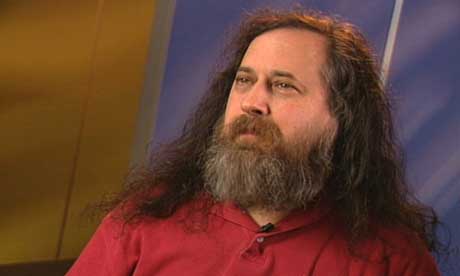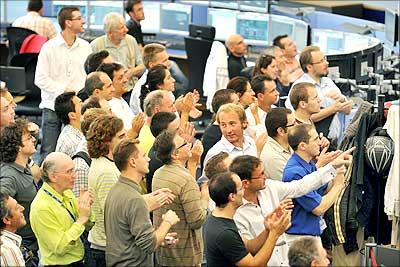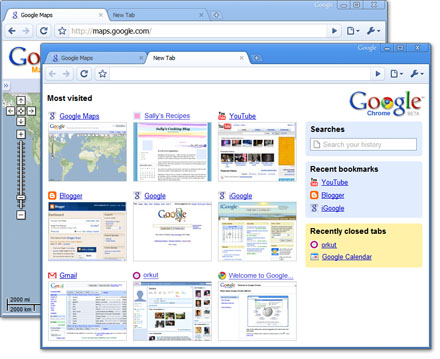Cloud computing – where IT power is delivered over the Internet as you need it, rather than drawn from a desktop computer – has gained prominence in recent years. Google, Microsoft and Amazon are pushing forward their plans to deliver information and software over the net.
But Richard Stallman said that cloud computing was simply a trap aimed at forcing more people to buy into locked, proprietary systems that would cost them more and more over time.
"Somebody is saying this is inevitable – and whenever you hear somebody saying that, it's very likely to be a set of businesses campaigning to make it true."The 55-year-old New Yorker said that computer users should be keen to keep their information in their own hands, rather than hand it over to a third party.
His comments echo those made last week by Larry Ellison, the founder of Oracle, who criticised the rash of cloud computing announcements as "fashion-driven" and "complete gibberish".
The growing number of people storing information on Internet-accessible servers rather than on their own machines, has become a core part of the rise of Web 2.0 applications. Millions of people now upload personal data such as emails, photographs and, increasingly, their work, to sites owned by companies.
Dell recently even made attempts to trademark the term "cloud computing".Fortunately its application was refused.There has be a rise of concern that involvement in cloud computing could bring in privacy and ownership issues.
"One reason you should not use web applications to do your computing is that you lose control," Stallman said. "It's just as bad as using a proprietary program. Do your own computing on your own computer with your copy of a freedom-respecting program. If you use a proprietary program or somebody else's web server, you're defenceless. You're putty in the hands of whoever developed that software."Previous article: Google's third founder






































